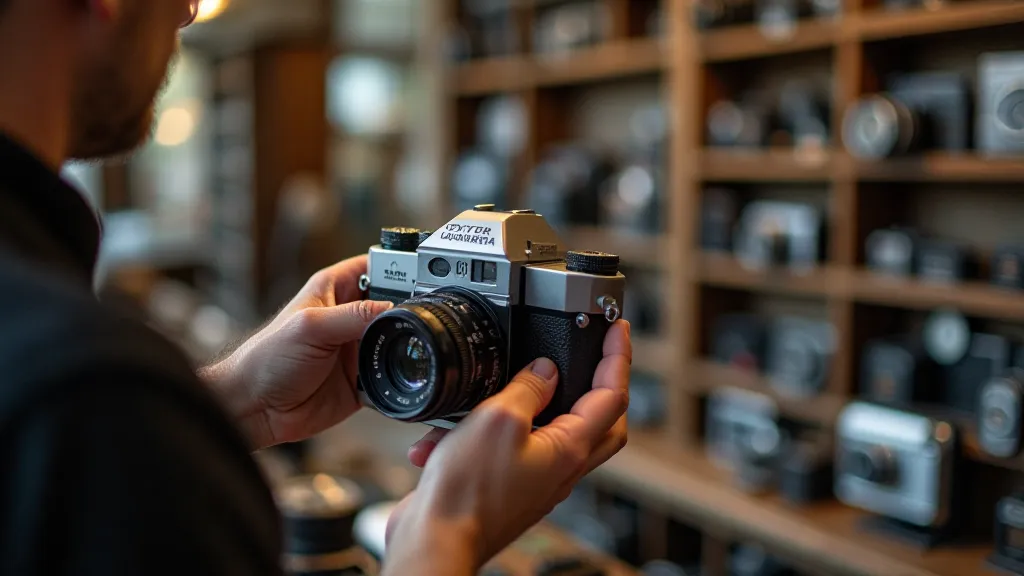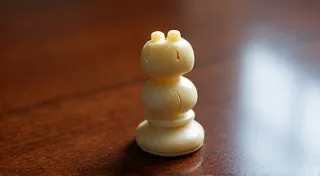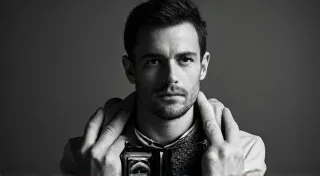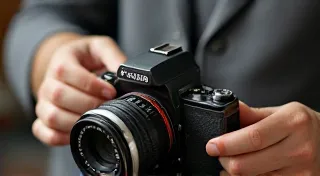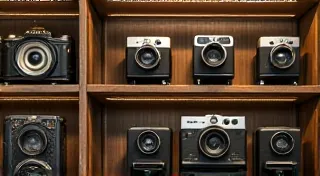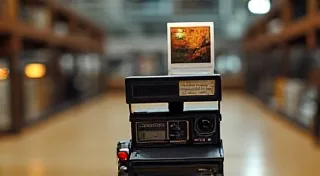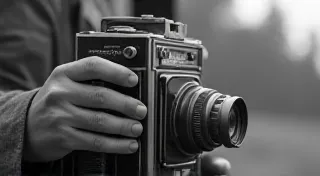Collecting Vintage Cameras on a Budget
The allure of antique cameras is undeniable. Holding a piece of photography history in your hands, admiring the craftsmanship and understanding its place in the evolution of image-making – it's a rewarding hobby. However, the idea of camera collecting can often feel financially daunting. The perception is that you need deep pockets to acquire a beautiful collection of antique cameras and vintage cameras. Fortunately, that’s not always the case! With a bit of planning, patience, and a keen eye, you can build a respectable and fascinating collection without breaking the bank. This article will explore strategies for budget collecting, allowing you to delve into photography history without emptying your wallet.
Starting Small: Defining Your Focus
The first step towards affordable collecting is to narrow your focus. “Collecting antique cameras” is a huge umbrella. Do you want box cameras from the early 1900s? Folding cameras? TLRs (Twin Lens Reflex)? Having a specific area of interest helps you concentrate your efforts and avoid impulse buys that don't align with your overall plan. Researching a niche will also help you learn quickly, allowing you to spot genuine deals from reproductions or damaged items.
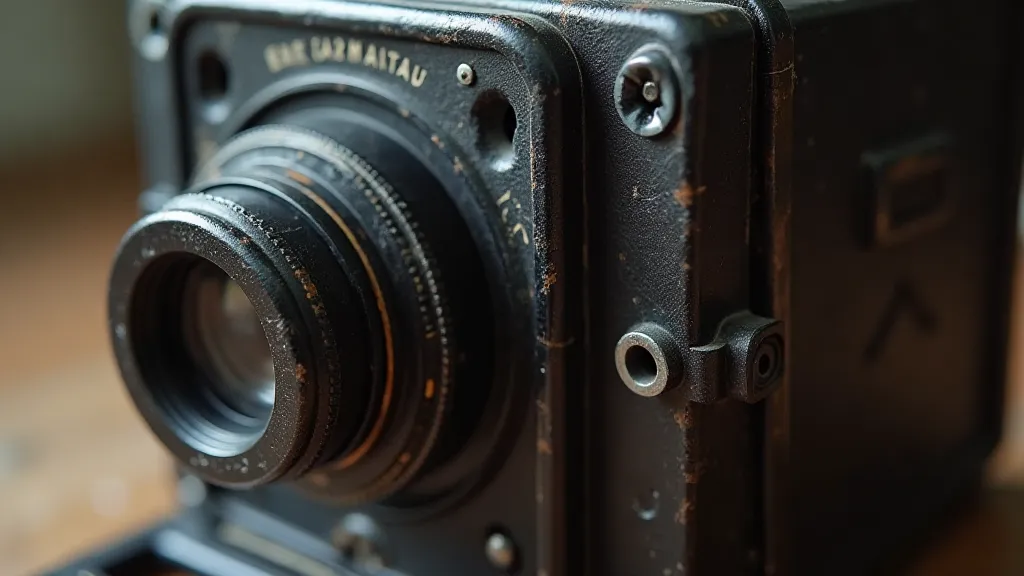
Where to Find Vintage Cameras on a Budget
Forget high-end auction houses and specialist dealers initially. There are plenty of accessible avenues for acquiring vintage cameras at reasonable prices:
- Estate Sales & Garage Sales: These are goldmines for the patient collector. You’re often dealing with families clearing out a relative’s belongings who may not fully appreciate the value of what they’re selling. Be prepared to dig and negotiate.
- Thrift Stores & Charity Shops: While rarer finds are becoming less common, you can still occasionally stumble upon a gem. Regular visits are key.
- Online Marketplaces (eBay, Facebook Marketplace, etc.): Offer a vast selection, but require careful scrutiny (see "Buyer Beware" below).
- Antique Malls & Flea Markets: These generally have higher prices than garage sales, but often provide a curated selection and the opportunity to haggle.
Buyer Beware: Due Diligence is Key
The excitement of finding a vintage camera can cloud your judgment. Always remember these points before clicking "Buy":
- Research the Model: Understand its rarity, common issues, and approximate value.
- Examine Photos Carefully: Look for signs of damage – rust, cracks, missing parts, light leaks.
- Ask Questions: Don't be afraid to ask the seller about the camera's history, functionality, and condition.
- Factor in Shipping Costs: Shipping a delicate antique camera can be expensive.
- Be Realistic About Functionality: Many vintage cameras are sold "as-is" and may not be fully functional. Factor in potential repair costs.
Prioritizing Condition vs. Rarity
For budget collecting, prioritizing condition over extreme rarity can be a smart move. A common model in excellent condition is often more satisfying (and affordable) than a rarer camera in poor condition that requires extensive (and potentially costly) restoration. Focus on cameras that are structurally sound and have minimal cosmetic flaws. Minor scratches and wear are character marks and often acceptable, especially when compared to broken parts or significant rust.
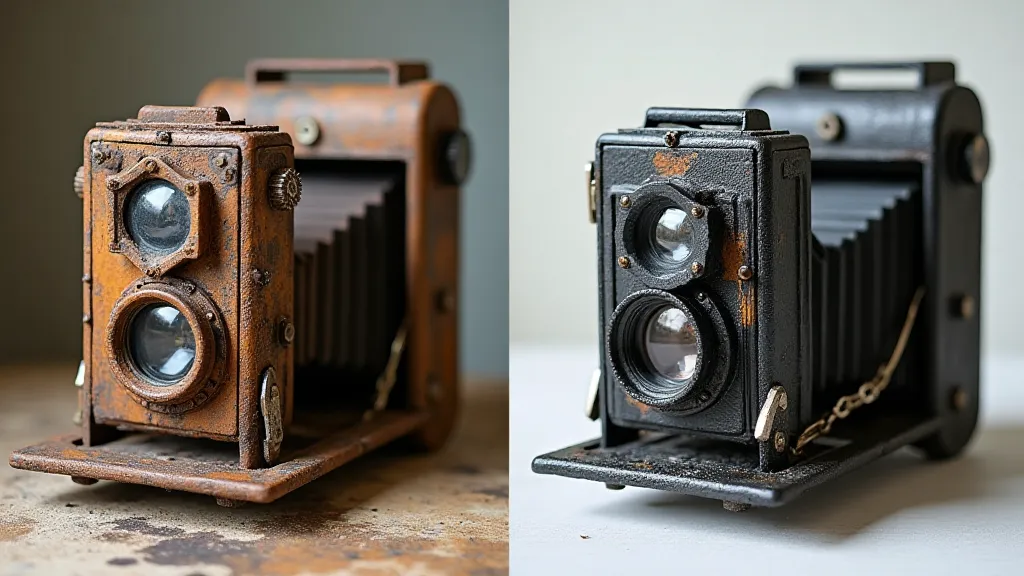
Expanding Your Knowledge & Networking
The more you know, the better you can spot a bargain. Join online forums, read books and articles on camera history, and talk to experienced collectors. Networking can lead to valuable tips, opportunities to buy at reasonable prices, and a deeper appreciation for the history you’re collecting.
The Joy of the Hunt
Ultimately, collecting antique cameras on a budget isn’t just about acquiring cameras; it's about the journey. The thrill of the hunt, the satisfaction of uncovering a hidden gem, and the connection to photography history – these are the true rewards. With patience, persistence, and a little savvy, you can build a fascinating and affordable collection of vintage cameras.
